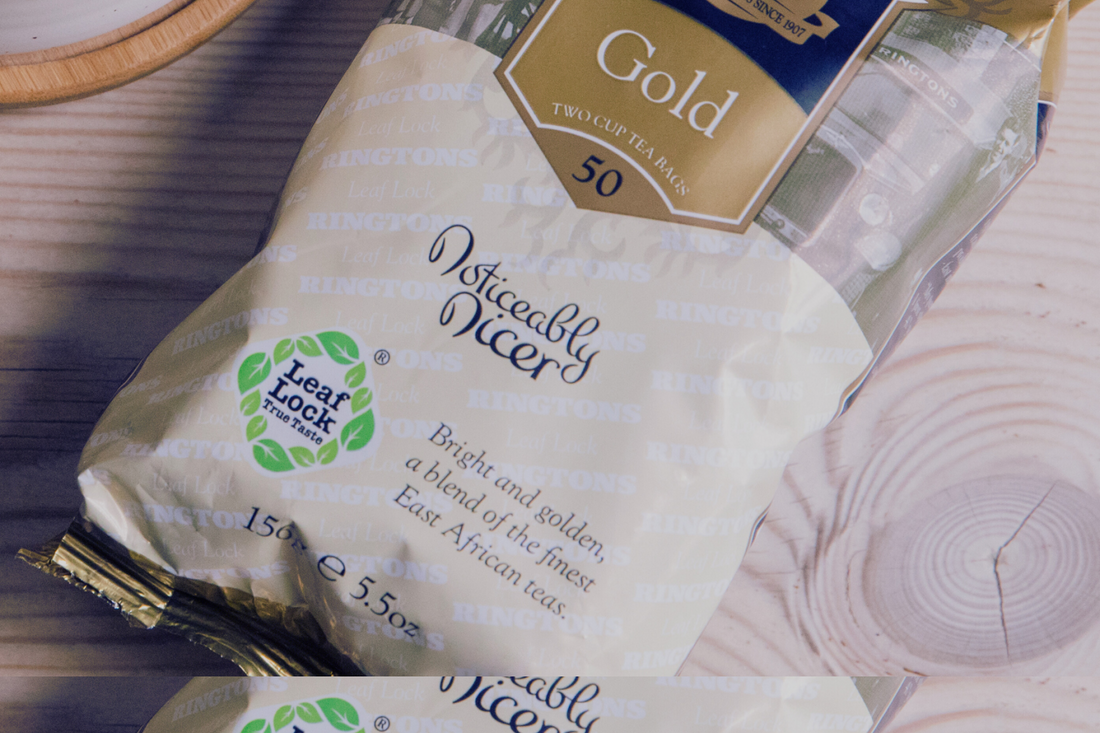Did you know all tea comes from the same plant? It’s just how it’s treated that makes the difference.
The manufacturing process breakdowns the fresh green tea leaves whilst developing the flavour profiles we know and love.

Harvesting
Tea is made from Camellia Sinensis leaves, an evergreen shrub which can take up to five years to grow. The top two leaves and a bud are hand-picked fairly young and then processed into the tea you know and love.
Where tea is grown depends on how often its harvested and can be referred to as ‘flushes’. For example, Assam and Darjeeling have specific times of year it’s harvested, whilst in Kenya, it’s plucked all year round.
The sooner the tea is processed, the better and usually the whole process is complete within 24 hours.

Withering: All teas
When picked, the top two leaves and a bud are still vibrant, green and full of moisture – they’re robust and waxy in nature. So, the first step is to reduce the surface moisture content by allowing the leaves to wilt, breaking down the membranes of the leaves themselves, which makes them more pliable.
This is done by laying out the leaves to dry for at least 10 hours. Once the process is complete, the leaves are more flexible and as the name suggests, withered. Stored carbohydrates and proteins have started to turn into amino acids and flavour components are formed.

Rolling: Black, Oolong
The tea leaves can now be rolled, twisted or crushed depending on the intended tea, but the purpose is always the same – to disrupt the cell structure for the next step and help in leaf uniformity.
Shaping: Green
Tea leaves can be rolled, twisted or crushed to help in leaf uniformity.
Oxidation and heating: Oolong and Black teas
This process determines the taste, colour and strength of tea or lack of it. For example, the less oxidation, the lighter the tea (Oolong). Essentially, tea leaves are left to oxidise with the air. Much like a cut apple left out, the enzymes within the leaf react with the oxygen in the air and turn it from green to light brown to dark brown, impacting the intensity of taste and strength.

Drying: All teas
The last step in this process is drying to reduce the moisture content right down so the tea is stable and ready for transporting all over the world.
Typically the tea would then be sold at auction but here at Ringtons we do things differently – we add an additional barrier by vacuum packing the bags to seal in the freshly produce tea.
This protects it on its journey here to the UK. Once it gets to us, we pack it within 8 hours of being blended… but you can read more about that here in our article from source to shelf.

